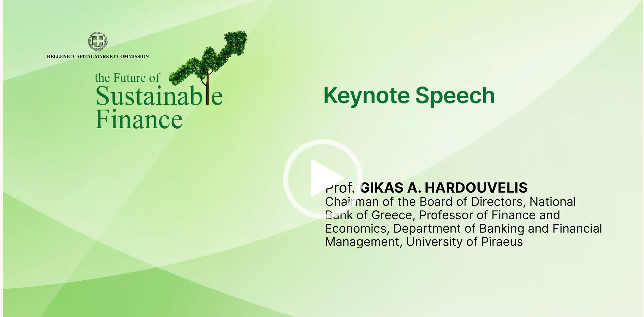The Greek Banking Crisis Part 2: Present Challenges and Future Prospects
Gikas Hardouvelis
The National Herald
April 6, 2018
Introduction
US readers are perhaps accustomed to think most current problems in the financial sector began with the international financial crisis and the Great Recession of 2007-2009. This is not the case for Greek banks. Greece suffers a banking crisis since the time its own sovereign crisis began, not from the beginning of the international crisis. Throughout 2007-2009, when US and European banks faced severe troubles, bank deposits of Greek banks were increasing at a steady pace as Greek households were unaware of the international crisis and felt quite safe. The deposit withdrawal began in early 2010, when the Greek crisis was slowly becoming visible to the public.
A previous article analyzed the recent history of the banking crisis and explained its two separate phases. This article assesses the banks’ current health and future prospects. Greek banks today face an on-going triple witching problem: Non-performing loans on the asset side of their balance sheet, precarious deposits which have stabilized only because of capital controls since June 2015 on their liability side, and a capital base, i.e., the equity money stock owners invest in a bank, which can easily shrink the moment loan problems worsen or the moment regulators decide to become stricter in their assessment of future developments. The three problems are inter-related and feed on each other, yet the major one is non-performing loans.









